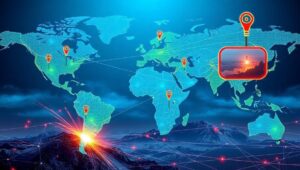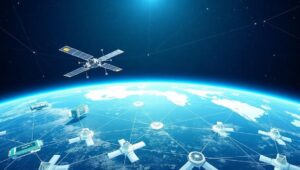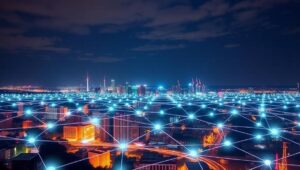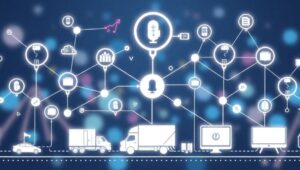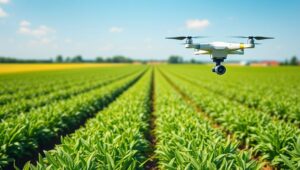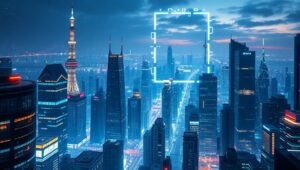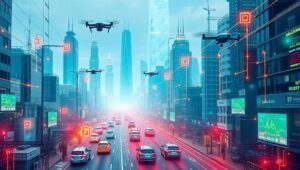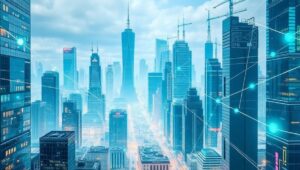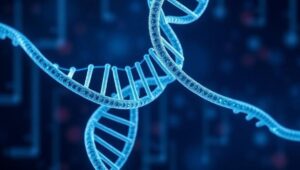May 30, 2025
IoT for Disaster Management and Early Warning Systems (2027)
IoT for Disaster Management and Early Warning Systems (2027) As we approach 2027, the integration of Internet of Things (IoT) technologies into disaster management and early warning systems has become increasingly sophisticated. This article explores the current state of IoT in this critical field, highlighting advancements, applications, and future potential. Advancements in IoT Technology Over the past few years, IoT devices have seen significant improvements in several key areas: Sensor Technology: More accurate and durable sensors capable of withstanding harsh environmental conditions. Connectivity: Enhanced network infrastructure, including 5G and satellite communication, ensures reliable data transmission even in remote areas. Data
